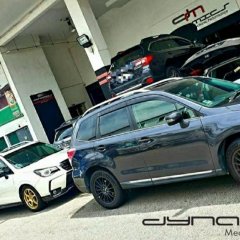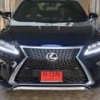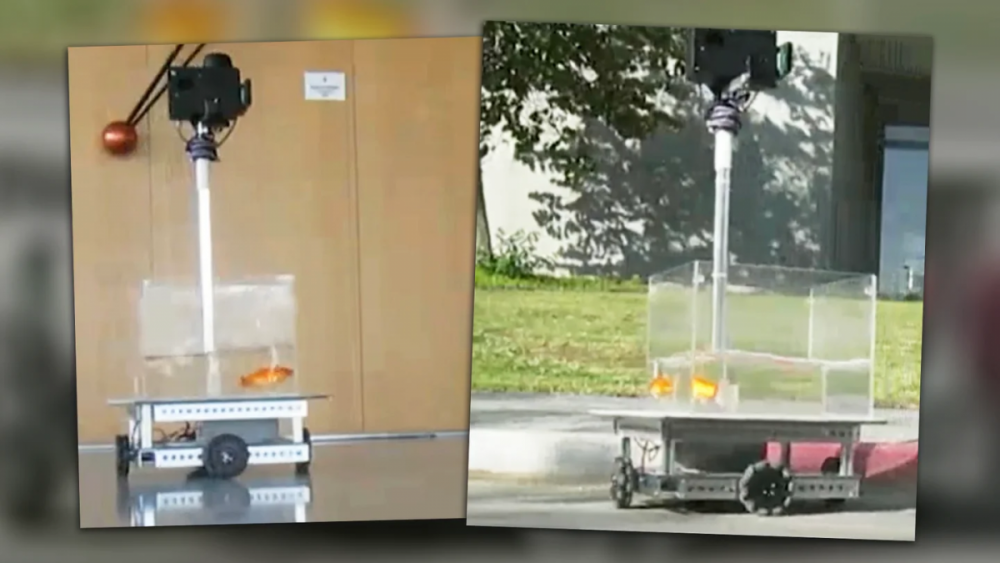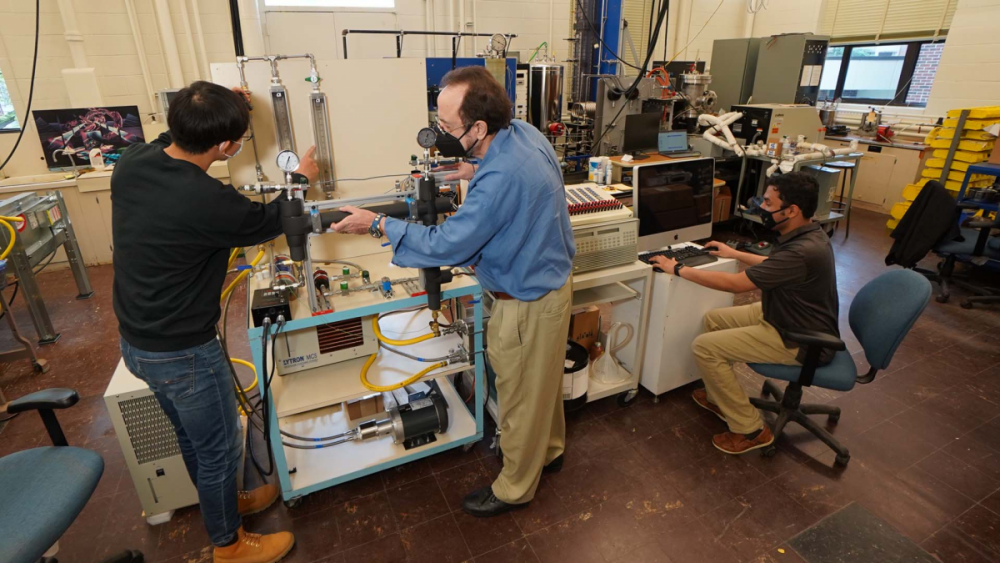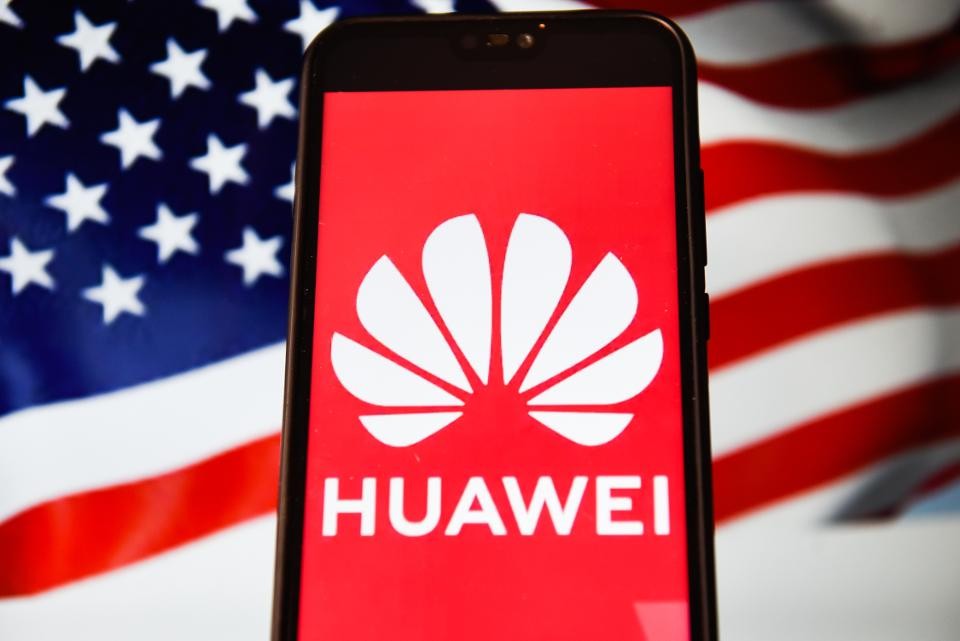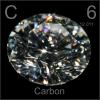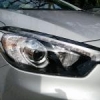Search the Community
Showing results for tags 'Technology'.
-
DM LED HEAD LIGHTS ================== 2500 lumens LED Headlights ( lastest technology ) energy savings and white light projection. Non heat emission and will not damage headlamp appearance unlike HID. LED Open for bookings now. Message or call us at 6341 6164 to enquire.
- 5 replies
-
- head lights
- headlights
-
(and 6 more)
Tagged with:
-
WHAT, still have people use FLOPPY DISKS these days?! I thought thumb drive and SSD are much cheaper, efficient and reliable, nope? Maybe I should go home now to dig out all my floppy disks and sell to Japanese? Hahahaha Japan declares victory in effort to end government use of floppy disks...
- 17 replies
-
- 8
-

-
.png)
-
- japan
- technology
-
(and 1 more)
Tagged with:
-
https://asia.nikkei.com/Politics/International-relations/Xinjiang-is-prototype-for-fully-totalitarian-state-Taiwan-minister?utm_campaign=RN%20Subscriber%20newsletter&utm_medium=daily%20newsletter&utm_source=NAR%20Newsletter&utm_content=article%20link&del_type=1&pub_date=20200727190000&seq_num=22&si=...
- 965 replies
-
- totalitarian
- state
-
(and 1 more)
Tagged with:
-
Are we ready fir disruptive technology of a different kind if Madison is not allowed ? https://www.youtube.com/watch?v=r1IvqmC8okY Sugar Daddies and Sugar Babies - Documentary
- 24 replies
-
- 1
-

-
https://www.reuters.com/technology/microsoft-cut-thousands-jobs-sky-news-2023-01-17/ Jan 17 (Reuters) - Microsoft Corp (MSFT.O) plans to cut thousands of jobs with some roles expected to be eliminated in human resources and engineering divisions, according to media reports on Tuesday. The...
- 5 replies
-
- 2
-

-
- microsoft
- retrenchment
-
(and 5 more)
Tagged with:
-
Hello! We are a young and driven development team that needs your help. We are currently in the market research phase, and the aim is to create an OBD2 application to monitor the health of your car. There are already quite a few applications of this type on the market, but only a few deal with car...
-
<Scientists Trained Goldfish to Drive a Little Car It's proof that fish are capable of navigation even in unfamiliar environments. Scientists often create elaborate studies in order to tease out secrets and truths from the animal world. One such work has recently been published, with a gr...
- 10 replies
-
- 3
-

-
.png)
-
- goldfish
- navigation
-
(and 5 more)
Tagged with:
-
https://www.thedrive.com/tech/43155/ford-purdue-cooling-patent-could-charge-evs-as-fast-as-gas-station-fill-ups <Ford, Purdue Cooling Patent Could Charge EVs As Fast As Gas Station Fill-Ups Heat management is crucial to faster charging, and this patent has a built-in way to keep things cool....
- 21 replies
-
- 3
-

-
.png)
-
- electric vehicle
- battery
- (and 6 more)
-
Hey guys ! Just curious and wanting to know cars that have a similar technology to what Formula 1 car has. The closest could ever get to a formula 1 car and why. Could be looks, technology, speed, all of the above? you name it. Personally my top 2 picks are the LaFerrari as it is as close as i...
-
https://www.forbes.com/sites/zakdoffman/2019/11/11/huawei-has-defied-trumps-blacklist-so-what-happens-now/#1f4d92d17336 Huawei Has Defied Trump’s Blacklist: So What Happens Now? Zak Doffman Contributor, Cybersecurity Back in May, when U.S. President Trump stripped Huawei of its U.S. s...
-
Singapore startup launches first-of-its-kind machine to brew kopitiam-style coffee Read more at https://www.todayonline.com/singapore/singapore-startup-launches-first-its-kind-machine-brew-kopitiam-style-coffee Mr Jason Thai decided to design a machine to brew kopi when he could not fin...
- 39 replies
-
- 5
-

-
.png)
-
Dyson developing an electric car, according to government documents The company last year refused to confirm they were working on a green vehicle, but a government plan on infrastructure suggests they are Dyson is developing an electric car at its headquarters in Wiltshire with help from pub...
-
1copy.thumb.jpg.8d9fb898c1bdc8ee48be52e4aa2ad81b.jpg)
What is the most modern technology used in internal combustion engines?
SGCM_editorial posted a blog entry in MyAutoBlog
The most modern technology used in internal combustion engines currently is Variable compression ratio engine ( VCR ). As the name suggests, the motor may alter the compression ratio under operating circumstances. The technology had existed as a prototype for the previous few years. Current... -
Useful?
-

Mazda new petrol engine rivals diesel for fuel economy
Kb27 posted a topic in General Car Discussion
http://www.msn.com/en-us/autos/news/mazda-announces-breakthrough-in-long-coveted-engine-technology/ar-AApIOMK?li=BBnbfcL&ocid=mailsignout Mazda announces breakthrough in long-coveted engine technology Mazda Motor Corp said it would become the world's first automaker to commercialise a much m...- 52 replies
-
- 6
-

-
- mazda
- technology
-
(and 6 more)
Tagged with:
-
CREATIVE Technology, the home-grown tech firm, has slashed 2,700 jobs, or almost half its total workforce, in the last fiscal year as falling demand for its products continues to hit its bottom line. Jobs cuts were made across the board, but the bulk was in manufacturing, due to the sale of its Ma...
- 255 replies
-
- 1
-

-
- Creative
- Technology
-
(and 3 more)
Tagged with:
-
https://www.youtube.com/watch?v=OUJT96I-q_8 Now simi sai also cloud. Prepare for real life watch dogs 2 liao.
- 2 replies
-
- cloud
- technology
-
(and 2 more)
Tagged with:
-
https://youtu.be/fEE7vzS1-4k
- 11 replies
-
- kia
- automatic transmission
-
(and 8 more)
Tagged with:
-
Hi All, Just like to have an update from current and would be hybrid owners on how economical and reliable of hybrid cars these days. Seen many improvements from different makes, and would like feedback from those whom are driving or would be owner why consider a hybrid. Please I am not a tree...
- 29 replies
-
- hybrid
- technology
-
(and 1 more)
Tagged with:
-
http://green.autoblog.com/2011/10/21/malay...mport-excise-d/ Make them exempt from import and excise duties and "robust growth" will follow. That's Malaysia's hybrid and plug-in vehicle scheme. From now through December of 2013, all hybrid and plug-in vehicles sold in Malaysia will be completel...
- 17 replies
-
perhaps 5-10 years ago, kia resale value is probably tagged to near hyundai, whereby people stay away from them due to the low resale value after few years. Compared to toyota and honda whose resale value sustains. However, when getting my new ride k3 from kia comparing to the new altis, I was...
- 51 replies
-

Carbon emissions - superiority of German technology
Caravan posted a topic in General Car Discussion
While browsing sgcarmart and checking out vehicles specifications, something caught my eye - carbon emissions. With the new CEVS kicking in from July, cars with 'high' emissions can be taxed additional $30k! But what is interesting is how the German vehicles have much lesser emissions than comparati...- 18 replies
-
Just to share! I still have my 1st thumbdrive which is 64mb. That was the biggest thumbdrive during my sch times... Best thing is, it's still workable!!! hahahah!!!
- 181 replies
-
- 11
-

-
- technology
- harddisk
-
(and 2 more)
Tagged with:
-
No more tearing of coupons and roving parking attendants - that is the idea behind a new "electronic parking system" being explored by the Urban Redevelopment Authority (URA). The system would have drivers accessing parking information and paying electronically from their cars via an "on-board u...
- 25 replies
-
- 1
-

-
One of the worst things about commuting on a bicycle is how hot it can get underneath your helmet. No one wants to arrive at work with unkempt locks, misshapen after being crammed under a sweltering headpiece. Tired of strapping ugly, uncomfortable styrofoam-and-plastic turtle shells to their he...
- 9 comments
-
- invisible bike helmet
- bike helmet
- (and 7 more)
